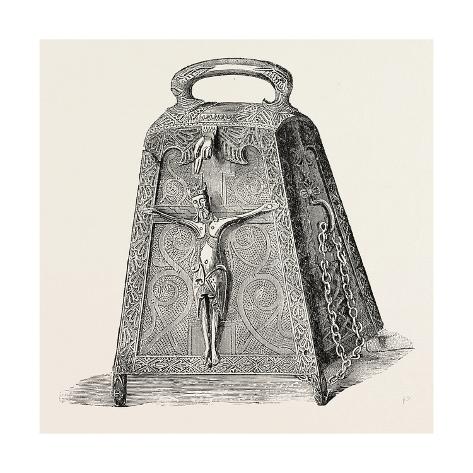TisILeclerc wrote:Crinan appears in a report by David Jones on the Edinburgh Geological Society's website. Along with many other places to do with mining of various sorts.
It would appear that Cornwall and Wales were not the only mining areas. It was going on all over the place.
A comprehensive listing is here;
http://www.sat.dundee.ac.uk/~arb/scotla ... iblio.htmlThe first thing that caught my eye was the mention of the 4 degrees West of longitude meridian.
Adamson, G F S [1st ed 1988, 2nd ed 1991] At the end of the rainbow / The occurrence of gold in Scotland. 101 pp, SB. Beaconsfield, Goldspear (UK) Ltd. Lists all the sites for alluvial gold in Scotland – I guess about a hundred. Most appear on the fourth parallel.
Callender, R M 1990 Gold in Britain 64 pp illus. Covers, Scotland, Wales, Devon and Cornwall etc. Interesting theory - all gold is found on the 4o West of longitude meridian. [p xiii]. pub Goldspear (UK) Ltd, Box 203, Beaconsfield, Buckinghamshire HP9 2TQ
Does that match any of our TME meridians?
Lots of lead and copper mines, even out on the western islands. e.g. on Islay
Mulreesh Mine :
http://www.streetmap.co.uk/map.srf?x=14 ... hp=ids.srfSouth Ardachie Mine :
http://www.streetmap.co.uk/map.srf?x=13 ... hp=ids.srfCallander, [=Callender] R M 1985 reprint The Ancient Lead Mining Industry of Islay. No 6 in a series [pub] Museum of Islay Life. In 1975 Dr Callender was awarded a Kodak Bursary so that a “comprehensive documentation could be made of the ancient lead mining industry in Scotland”.
Then we get onto the exotic metals.
Alva Silver Glen, Alva [NE of Stirling], Clackmannanshire
First worked in 1715, the Alva Silver Mine is the richest deposit of native silver ever found in Great Britain. The silver yield of the Alva mines two centuries ago was startling. The Silver Glen between Middle and Wood hills made £4,000 a week for Sir John Erskine. The Government’s attention was drawn to the valuable veins of ore, two of which were particularly rich and produced in a few week 134 ounces of the richest silver, as assayed and tested by no less a personage than Sir Isaac Newton, then Master of the Mint. In 1715 Sir John entered a perilous adventure to bring back the Stuarts. He left his wife in charge of the mines and of forty tons of silver ore buried in the grounds of Alva House. The rising failed and Sir John was outlawed. To buy back the Government’s favour he sent information about his silver ore, and in the winter of 1716-7, a Mint expert reported that: “I found it (the ore) of an extraordinary nature, such as to my knowledge few or none like have ever seen in Europe.
Location :
http://www.streetmap.co.uk/map.srf?x=28 ... hp=ids.srfBut my favourite quote from that article is about the gold.
The short-lived gold rush of 1869 was started by the finding of alluvial gold in the Kildonan Burn NC 92 22 Explorer 444 Suisgill Burn NC 90 26 Explorer 444, and Torrish Burn which are tributaries of the Helmsdale River. The presence of gold was confirmed by R N Gilchrist of Helmsdale. This prospector, with much experience gained in the Australian gold fields, suspected, sought and found gold in his own native valley. The gold originates from the magmatised Moine metasediments and has been concentrated by glacial erosion and reworking of the glacial debris by the streams. Deep weathering prior to glaciation may have aided the release of the gold. The original diggings were stopped by the Duke of Sutherland on account of the damage that was being done to the fishing in the Helmsdale by the silt carried from the diggings. The diggers may also have been partial to salmon and deer! Today the gold is panned on a recreational basis with the permission of the estate.
Location :
http://www.streetmap.co.uk/map.srf?x=29 ... hp=ids.srfI have a notion that the same kind of thing happened with many Devon rivers, silting up the estuaries.






